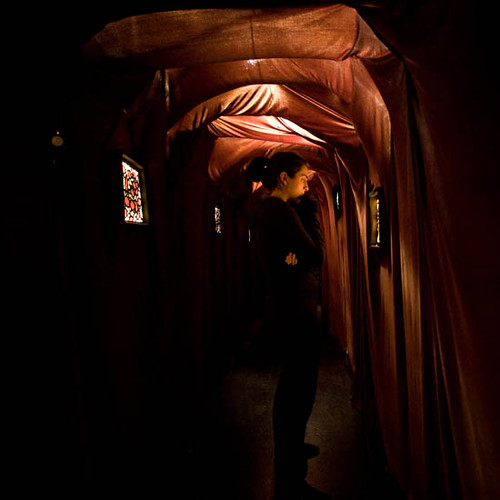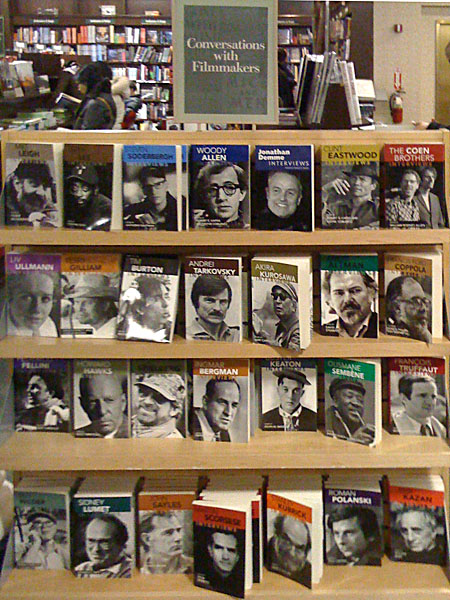
Air Port City (2008), Tomas Saraceno
[Published in Art Art Art issue 4]
“Utopia exists...” says Tomas Saraceno, in the notes for The Hayward’s Psyco Buildings. He adds that his Air Port City installation is like a cloud, a floating platform, “an attempt to equalise the (social) temperature and differences in pressure.”
Air Port City was installed as a large white translucent ball hovering on the rooftop of the Hayward. It was very photogenic. But how did Saraceno’s utopian dream operate in practice? Here is an excerpt from the instructions posted by the exhibition:
“Due to the limited capacity of the Tomas Saraceno, Observatory, Air-Port-City, 2008, those who meet entry criteria (age 16 years and over, fit and not suffering from vertigo) and win a lucky dip will be permitted on the upper level.”
Saraceno’s first order of the day is to divide the audience into two classes - upper and lower. A lucky few get to ascend the stairs and enter the upper platform. The lower class must be content to sit in a humid enclosed pressurized container below, looking up at those who reached the upper level. The floor of this lower chamber is a giant mirror, a panoptican effect which ensures the lower occupants are constantly reminded of those above.
The instructions continue:
“During and just after wet weather the lucky dip will be suspended and no one will be allowed on the upper level until the membrane is fully dry. We are unable to guarantee participation for everyone. It may be necessary, for the benefit of our customers during inclement weather to close the exhibit.”
When two visitors ascended the staircase to float on the cloud above (religious metaphor ends here), after queuing for forty minutes, they were given more instructions orally (transcribed from memory):
“Right, next two customers please. Two at a time. Step up. OK. Its like an airport security procedure here. Please take off all watches, sharp objects, take off diamond rings, empty your pockets, place all items in the bag. Madam, I need you to take off your belt. And your shoes. Just the clothes is what we want. Good. Now, step here, hold this with your right hand, hold that with your left, twist,step down. Got it? ... Stay away from the edges... No standing up... Don’t roll towards the edges,stay in the center... OK, three minutes is up, face the exit, hold the two hand rails. Wait for the air to lift you up. Now, place your knees there. OK, got it. Thanks for coming, enjoy the rest of the exhibition.”
Utopia, apparently, has more health and safety regulations than a shopping mall. The floating platform is constructed from a thin plastic, easily punctured and extensively patched, requiring numerous safety rules. So where the lower class had to be content with the passivity of spectatorship, the lucky uppers entered a strictly controlled regime.
I admit, I shortened Tomas Saraceno’s quote in the first paragraph. What he actually said was “Utopia exists until it is created”. He demostrates this point here. Tomas Saraceno’s democratic goals for his relational art achieve precisely the opposite. What he has orchestrated is a two class society complete with security guards, rules and regulations, a highly structured notion of entertainment (no jumping!). Had he addressed this in his statement, for example by discussing the Disneyfication of art and the expectations of spectatorship, I might have left his floating city feeling more uplifted. As it was, I found myself thinking about the free bouncy castles offered in some parks where all may enter, in large groups, to bounce and jostle, uninhibited and blissfully unaware of any claims to utopia.






